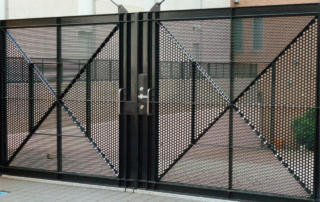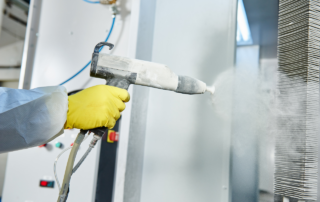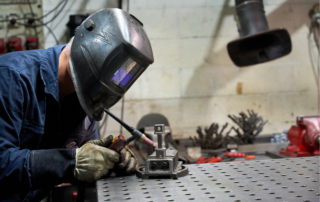Custom Metal Gates: Combining Security, Style, and Craftsmanship
Why a Custom Gate Makes All the Difference
Your gate is the first impression visitors get when approaching your property—so why settle for a generic one-size-fits-all solution? At Jack’s Metal Works, we build custom metal gates that reflect your style, elevate curb appeal, and provide peace of mind through durable security.
Types of Custom Gates We Offer
-
Driveway Gates – Whether you prefer a sliding or swinging design, we create gates that enhance your home’s aesthetics while ensuring functionality.
-
Pedestrian Gates – Great for homes, gardens, or commercial walkways—built with your space and traffic flow in mind.
-
Automated Gates – Add convenience with remote-access automation, keypad systems, or smart technology integration.
-
Decorative Entry Gates – Ideal for courtyards, ranches, or estates looking to make a bold visual statement.
Material & Finish Options
We fabricate gates from steel or aluminum, depending on your needs and style preferences. Choose from finishes like brushed metal, patina, or weather-resistant powder coating in a variety of colors and textures.
Our Gate Fabrication Process
-
Initial Consultation – We listen to your goals and space limitations.
-
Design Phase – Custom CAD drawings for your approval.
-
Fabrication – Every gate is handcrafted by skilled welders and metalworkers.
-
Installation – Our team handles delivery and precise fitting for long-term reliability.
Examples from Past Clients
See real-world examples in our photo gallery—from Spanish-style scrollwork to ultra-modern geometric designs.
Why Clients Choose Jack’s Metal Works
-
Over 20 years of experience in architectural metalwork
-
Fully custom, never prefab
-
Quick turnaround times
-
Family-owned and operated
Ready to upgrade your entryway?
Contact us to schedule your free quote and bring your gate to life.




